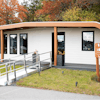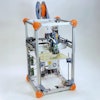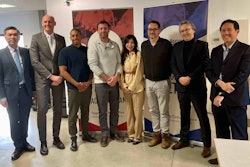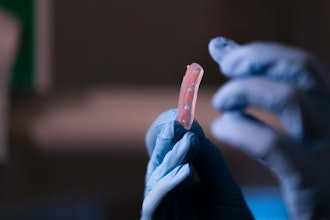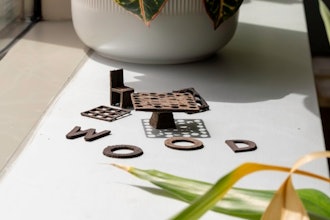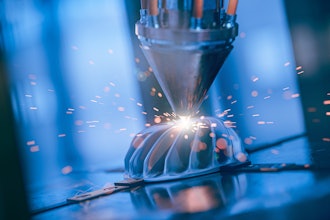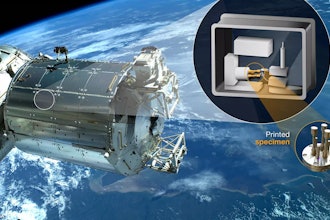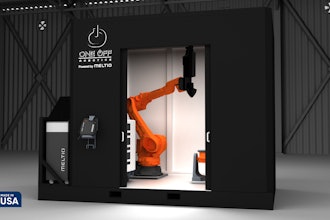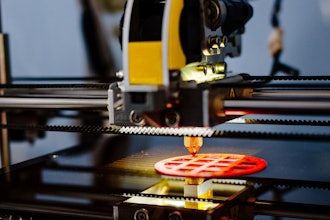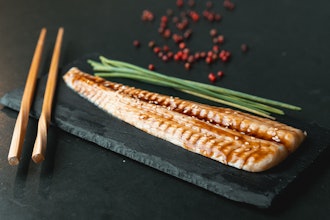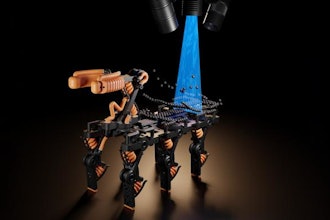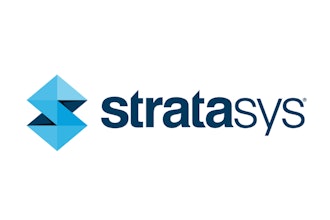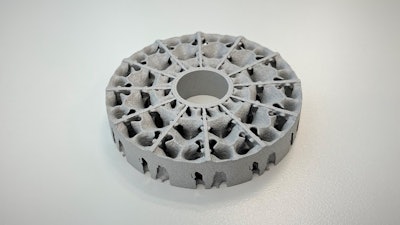
Siemens Digital Industries Software announced that Ricoh have begun a collaboration to realize the industrial aluminum Binder Jetting (BJT) solution for mass production. Ricoh is leveraging Siemens’ Additive Manufacturing Network capabilities to maximize the efficiency of the process and to achieve the scale required to take advantage of BJT in an industrial setting.
Additionally, Ricoh is implementing Siemens’ Additive Manufacturing Network to optimize the aluminum BJT workflow for production preparation, planning, scheduling and production management with less effort. Ricoh has also implemented Siemens' Brownfield Connectivity and has begun collecting and storing information on each process necessary for quality stabilization and production control.
Siemens will continue to provide Ricoh with solutions optimized for the aluminum BJT workflow, and both companies aim for early commercialization of these technologies.
Ricoh’s proprietary Binder Jetting Technology applies the company’s inkjet printing technology and expertise to enable the production of metal parts with more complex shapes that would not be possible with conventional metal processing methods such as machining and casting.
In the process of BJT, the aluminum-alloy powder is spread out over the modeling area and then solidified with a specially formulated binder to shape the part. The same process continues layer-by-layer-by-layer until completing shaping the whole part.
After the process, the ‘green-body’ part is sintered in a furnace to create a densified, end-use component that can be used as is or enter a downstream post-processing chain.
Ricoh has positioned the “realization of a zero-carbon society” as one of its material issues. Ricoh aims to achieve zero GHG emissions throughout its entire value chain, enabling customers to develop highly energy-efficient products by using Ricoh's 3D printers, thereby contributing to the realization of a zero-carbon society.
“The production of aluminum parts is a holy grail for the additive industry and we’re delighted that Ricoh has chosen Siemens’ Additive Manufacturing Network capabilities from the Siemens Xcelerator portfolio of industry software to help them commercialize a much sought-after process,” said Zvi Feuer, Senior Vice President, Digital Manufacturing Software, Siemens Digital Industries Software.
Tokutaro Fukushima, General Manager of Additive Manufacturing Business Center, Ricoh Futures Business Unit, Ricoh Company, Ltd., said, “Ricoh will enable our customers to manufacture innovative aluminum components that have never been produced before by any process and will work with them to realize new customer value in the area of electrification of EVs and other forms of mobility."
Metal Binder Jetting Technology for manufacturing innovative aluminum parts contributes to weight reduction and improved heat exchange performance of aluminum parts by realizing shapes that cannot be produced with existing processing technologies.
The binder jetting method saves time and resources due to its high productivity and the ability to reuse unused materials. Ricoh's industrial inkjet printhead technology, developed over many years, enables stable manufacturing of parts with complex shapes and is capable of processing aluminum alloy, a widely used material for metal parts.
